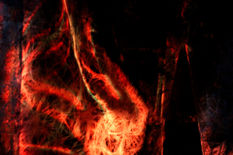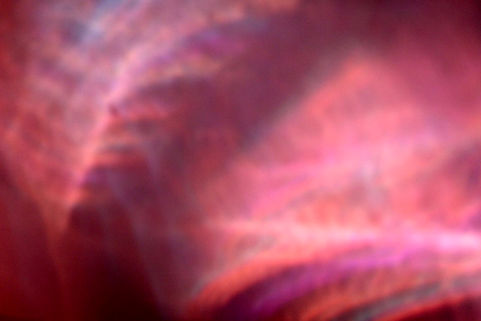
The sound and light sculpture Hulda
Hulduheimar
an excerpt from an installation for the sound and light sculpture Hulda
While a performer activates the strings of the sound and light sculpture Hulda, the surroundings are filled with sounds, patterns, shadows and colours that constantly change. Inside the sculpture are built in lights connected to a computer that analyses the frequencies of the notes being played and turns on different colours of light. The visual representation of the lights can be adapted to different projects. New colour palettes and different patterns can be designed to fit different concepts, everything from hints of light to more detailed patterns.
I designed and built the prototype in 2013 as my final project when I was studying visual arts at Fjölbrautaskólinn í Garðabæ. In the summer 2016, I received a grant from the Icelandic Student Innovation Fund to develop the sculpture under the supervision of Berglind María Tómasdóttir, associate professor in contemporary music performance at Iceland University of the Arts, and Jón Marinó Jónsson, violin maker. The electronics and the programming of the lights were made in collaboration with Stefán Ólafur Ólafsson.








































